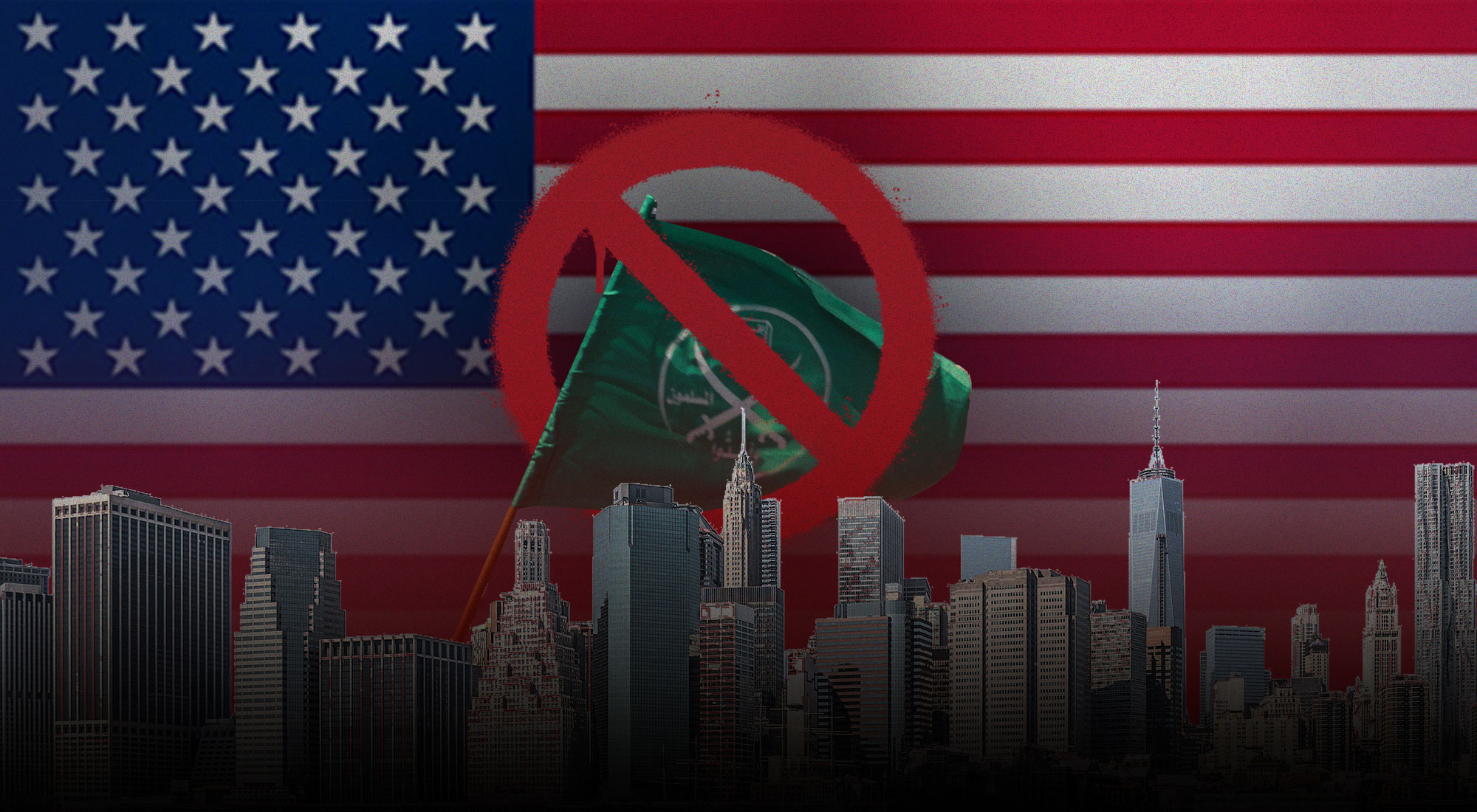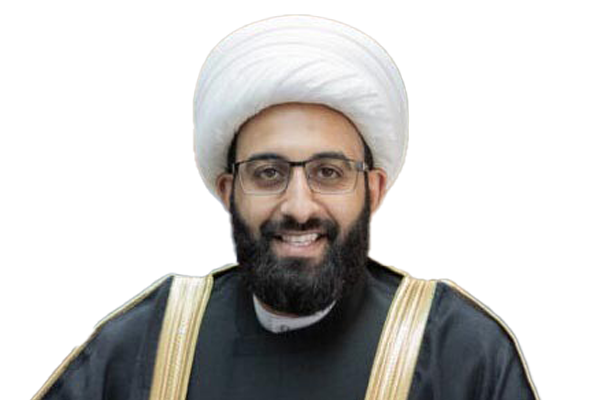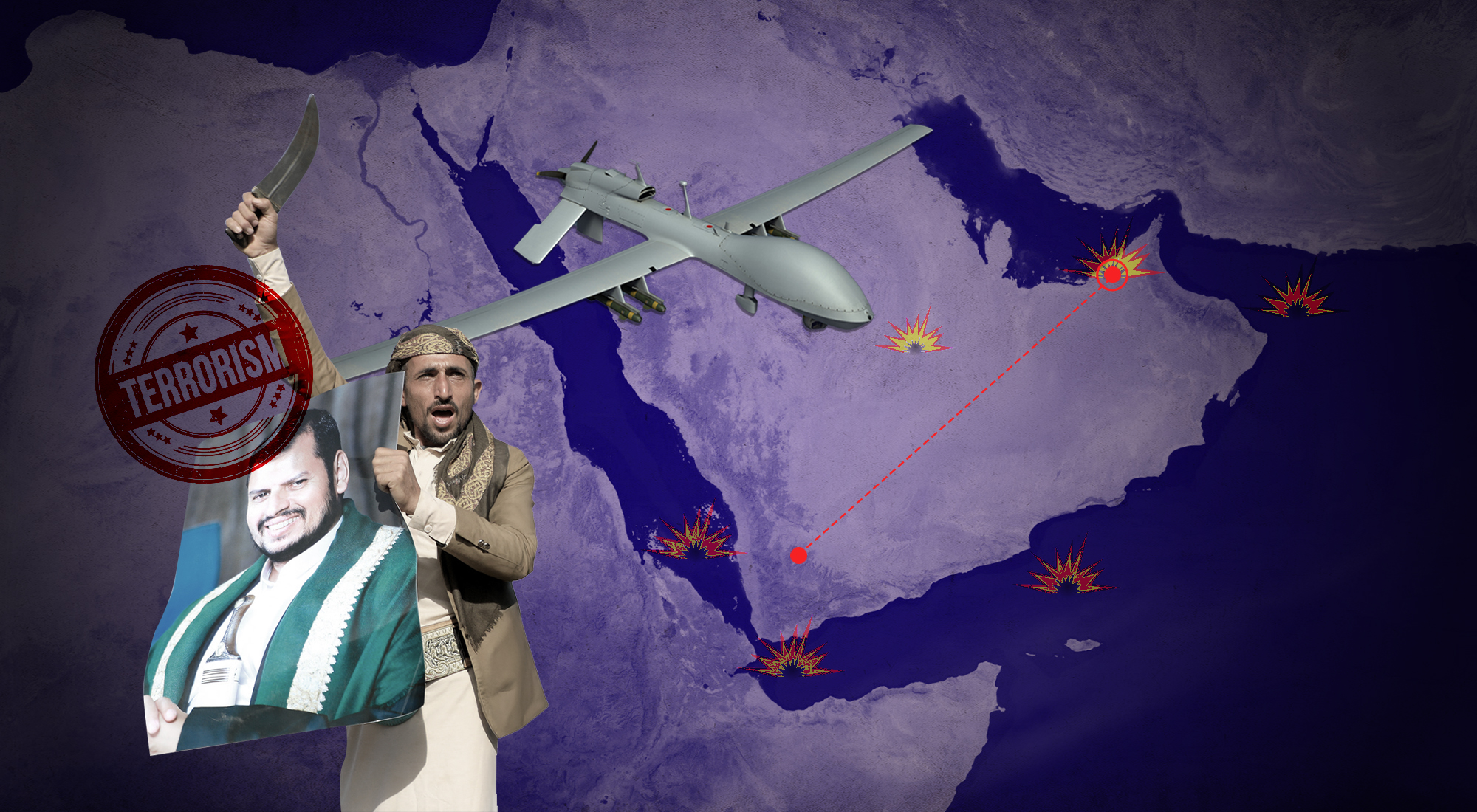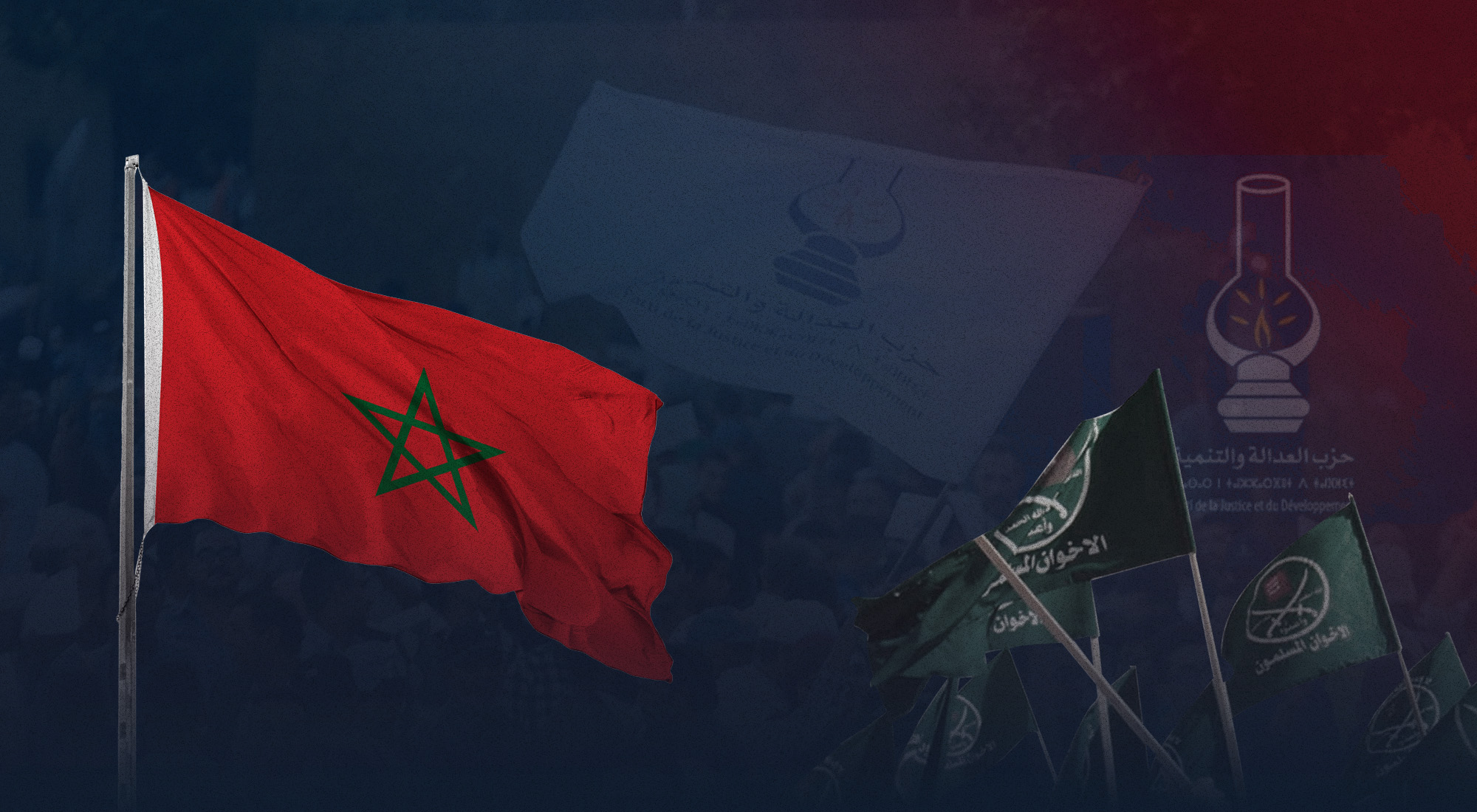Founded in Egypt in 1928 by Hassan al-Banna, the Muslim Brotherhood (MB) has evolved into a global organization with an extensive leadership hierarchy, transnational financial architecture, and coordinated international operations spanning the Middle East, North Africa, Europe, and North America. The Brotherhood has systematically advanced its Islamist agenda and sustained institutional continuity across regions through an interlinked system of national branches, political parties, charitable fronts, and educational networks. Recent U.S. legislative initiatives, most notably the MB Terrorist Designation Acts (H.R. 5840 and S. 3151, 117th Congress), reflect growing recognition that the Brotherhood’s structural and operational apparatus warrants scrutiny under the Foreign Terrorist Organization (FTO) statute.
This insight argues that the MB meets the statutory and evidentiary requirements for designation by the United States as a Foreign Terrorist Organization (FTO). Drawing on historical data, structural analysis, and comparative policy precedents, it demonstrates that the MB functions as a centralized transnational organization with cohesive leadership, unified objectives, and coordinated financial and operational networks, rather than as a diffuse ideological movement. The group’s record reveals a sustained pattern of incitement, logistical support, and ideological justification for violence through its global affiliates and front institutions, establishing a direct institutional nexus between its leadership and militant operations.
The study builds on that argument by examining in detail how the Brotherhood satisfies the statutory criteria for FTO designation through a demonstrable pattern of incitement, material support, and ideological legitimization of violence—executed via leadership directives and affiliate operations. It analyzes the organization’s command structure, funding conduits, and operational linkages to militancy; maps these elements against the legal requirements of 8 U.S.C. § 1189; benchmarks allied designations and their outcomes; and evaluates the national security gains of adopting a unified institutional approach. Drawing exclusively on open-source intelligence, declassified assessments, court records, and comparative policy data, the analysis establishes an evidentiary foundation for designation while outlining an integrated legal-policy framework to dismantle the Brotherhood’s transnational networks and reaffirm U.S. resolve against entities that employ religious ideology for subversive or violent purposes.
The study maintains that a blanket U.S. designation of the MB would advance national security by addressing its organizational rather than merely ideological nature. It calls for an integrated legal-policy framework that consolidates intelligence findings, harmonizes U.S. counterterrorism measures with allied actions, and dismantles the artificial divide between the Brotherhood’s political and militant components. Such a unified approach would enhance deterrence, disrupt transnational funding networks, and reinforce U.S. credibility in confronting Islamist extremism on a global scale, affirming that entities that operationalize religious ideology for subversive or violent ends fall squarely within the legal scope of terrorist designation.
Organization, international practice, and security implications
From its inception, the MB established a centralized leadership apparatus comprising a General Guide (murshid ‘amm), Guidance Council (maktab al-irshad), and regional administrative offices (makatib idariyya), designed to enforce doctrinal conformity and operational coordination across expanding branches (al-Banna, 1947/2009). By the 1940s, it had formalized an international apparatus through the Office of Liaison with the Islamic World, dispatching emissaries to establish subordinate chapters in Syria (1937), Jordan (1945), and within Palestinian territories (1946), each required to pledge allegiance (bay‘a) to the Egyptian parent organization and remit financial contributions (Mitchell, 1969; Lia, 1998).
Declassified Egyptian security archives from 1954 and 1965 raids, alongside internal Brotherhood statutes, reveal binding organizational regulations mandating: (1) ideological alignment with al-Banna’s Risalat al-Jihad (Message of Jihad); (2) centralized approval for leadership appointments in foreign branches; (3) compulsory reporting to Cairo on political and financial activities; and (4) a global financial clearinghouse (al-jihaz al-mali) that pooled zakat, donations, and commercial revenues for redistribution (Egyptian State Security Investigations Service [SSIS], 1954; 1965). This architecture persisted through post-1952 repression: the Brotherhood’s 1982 Global Action Plan (khutta ‘amaliyya ‘alamiyya), recovered during Swiss investigations into Youssef Nada’s financial network, explicitly tasked the International Organization (al-tanzim al-dawli), headquartered successively in Munich, London, and Vienna, with strategic oversight, cadre training, and fund allocation to national affiliates (Swiss Federal Prosecutor’s Office, 2005).
Contemporary evidence suggests the persistence of transnational hierarchy. The current General Guide, Mahmoud Hussein (succeeding Ibrahim Munir, d. 2022), presides over a Shura Council with representatives from multiple countries; media leaks and investigative reports from 2018–2021 meetings indicate that this body deliberated on matters such as policy toward Hamas, funding for Turkish-based media platforms, and coordinated responses to Egyptian prosecutions. Collectively, this structure reflects a centralized institution with command authority, financial control, and global coordination, satisfying the “organization” element under U.S. judicial precedent (People’s Mojahedin Organization of Iran v. Department of State, 182 F.3d 17, D.C. Cir. 1999).
Violent Affiliates, Offshoots, and Empirical Links to Terrorism
The Brotherhood’s institutional nexus to violence is structurally embedded rather than incidental. Hamas—designated by the United States as an FTO since 1997—emerged in 1987 from the Palestinian branch of the MB in Gaza with the support of senior Brotherhood figures, in which its founding leadership maintained ideological and organizational continuity with the Egyptian parent movement, reflecting an institutional lineage (U.S. Department of the Treasury, 2003; Levitt, 2006). Declassified Israeli intercepts and U.S. Treasury designations document direct financial transfers from Brotherhood accounts in Cairo and Amman to Hamas’s da‘wa infrastructure, which Treasury identifies as integrated with Izz al-Din al-Qassam Brigades operations. The 2008 United States vs. Holy Land Foundation for Relief and Development trial (N.D. Tex.) introduced internal Brotherhood memoranda identifying Hamas as “one of our organizations” and outlining U.S.-based fundraising structures—known as the Palestine Committee—established by the Brotherhood’s North American leadership to support it (U.S. District Court, Northern District of Texas 2008, Exhibits GX 3-15 and GX 3-85; verdict November 24, 2008).
Beyond Hamas, Brotherhood branches have institutionally sustained designated terrorist entities:
- Egypt (1965–present):The Special Apparatus (al-jihaz al-khass), reactivated in 2011, orchestrated assassinations (e.g., Prosecutor General Hisham Barakat, 2015) and bombings (e.g., Mansoura Security Directorate, 2013); Egyptian court verdicts (Case 317/2014) cite Guidance Council directives recovered from defendant laptops (Cairo Criminal Court, 2015).
- Syria (1976–1982):The Brotherhood’s Fighting Vanguard (al-tali‘a al-muqatila), under the command of Aleppo branch leader Adnan Saad al-Din, executed the Aleppo Artillery School massacre (1979); captured archives show Cairo-approved budgets for weapons procurement (Syrian Military Intelligence, 1980).
- Libya (2014–2020): The Libya Shield Force—a coalition of militias associated with Islamist currents, including the Libyan MB—received political and financial support from figures such as Abdelhakim Belhaj, a former Libyan Islamist commander with ties to Qatar. The group has been accused of facilitating militant operations, and several affiliated factions were sanctioned by the United Nations and other regional governments for links to extremist activity (United Nations Security Council, 2017).
Financial trails are traceable and institutionally directed: In the United States, the Sami Al-Arian case (M.D. Fla. 2005) demonstrated how Palestinian Islamic Jihad (PIJ)-linked fundraising networks operated through U.S.-based nonprofit entities connected to Middle Eastern donors, showing the transfer of over $400,000 to PIJ via University of South Florida accounts. The prosecutors introduced correspondence and financial records tying Al-Arian and his associates to PIJ, and the case illustrates the overlap between charitable, educational, and political infrastructures that extremist organizations have exploited for financing and influence (United States v. Al-Arian 2005).
These operations reflect: (1) leadership authorization (Guidance Council minutes); (2) financial control (centralized zakat disbursement); (3) ideological justification (fatwas from Brotherhood jurists like Yusuf al-Qaradawi); and (4) operational integration (shared da‘wa infrastructure). The evidentiary record satisfies the FTO’s “engages in terrorist activity” prong under 8 U.S.C. § 1189.
U.S. Legal Standard for FTO Designation and Its Application to the Brotherhood
The FTO statute (8 U.S.C. § 1189(a)) requires: (1) a foreign organization; (2) that engages in terrorist activity or retains capability and intent; (3) threatening U.S. nationals or national security. The Brotherhood meets each prong:
Foreign Organization: Historically headquartered in Cairo and now operating primarily from London, the MB functions as a transnational movement without formal legal personality in Egypt, where it has been banned since 2013. In the United Kingdom, ideologically aligned organizations such as the Muslim Association of Britain (Charity No. 1084652) maintain a legal presence, though they are not formally part of the Brotherhood’s structure. The Brotherhood itself is not a U.S. entity (Boim v. Holy Land Foundation, 549 F.3d 685, 7th Cir. 2008).
Engages in Terrorist Activity:
- Predicate Acts: Assassinations (Barakat, 2015), bombings (Mansoura, 2013), material support to FTOs (Hamas, PIJ). Capability and Intent: “Special Apparatus” continues to coordinate overseas activities through regional hubs, with financial networks exceeding hundreds of millions of dollars annually and training or coordination programs reported in Türkiye and the Gulf.
- Institutional Culpability: The Brotherhood demonstrates centralized leadership oversight through its Guidance Council, financial structures based on zakat contributions and charitable networks, and systematic recruitment via student unions and professional syndicates. U.S. courts have upheld FTO designations for less centralized entities, underscoring that cohesive operational intent—not rigid hierarchy—satisfies statutory criteria (National Council of Resistance of Iran v. Department of State, 373 F.3d 152, D.C. Cir. 2004).
Threat to U.S. National Security
- S. Persons and Interests: Brotherhood-aligned media frequently propagate anti-U.S. narratives portraying American military activity in the Middle East as hostile to Islam. In United States v. Al-Arian (2005), prosecutors documented coordination and fundraising for the PIJ, an FTO whose operations targeted U.S. interests in Israel and the wider region. The Holy Land Foundation trial (N.D. Tex. 2008) demonstrated that U.S.-based charities ideologically linked to the Brotherhood transferred millions of dollars to Hamas-affiliated organizations, highlighting vulnerabilities in U.S. financial channels exploited to support designated terrorist groups.
- Ideological Export: Internal memoranda introduced at the Holy Land Foundation trial identified U.S. groups as part of a Palestine Committee and used language expressing subversive objectives toward Western influence (U.S. v. Holy Land Foundation, N.D. Tex., Case No. 3:04-CR-240-G; see trial exhibits GX 3-15, GX 3-85).
Judicial review requires substantial evidence (People’s Mojahedin Organization of Iran v. Department of State, 2001), which in this case is provided through court-admissible records, declassified intercepts, and verified financial trails. The Brotherhood’s centralized hierarchy undercuts decentralization defenses, while its operational nexus to violence meets the statutory threshold for designation.
International Precedents and Comparative Practices
Allied designations provide evidentiary and operational blueprints:
- Egypt (2013):Designated under Penal Code Art. 86; convicted 1,400+ members using Brotherhood archives showing Special Apparatus command chains (Egyptian Ministry of Interior, 2014).
- UAE (2014):Designated 83 organizations, under Federal Law No. 7 of 2014 on Combating Terrorism Offences, as terrorist entities—including the Council on American-Islamic Relations (CAIR) and the Muslim American Society (MAS)—and implemented asset-freezing measures against groups deemed affiliated with the MB.
- Saudi Arabia (2014):Froze 1,200 bank accounts; intercepted €3.4 million to Syrian Brotherhood combat units (Saudi Ministry of Interior, 2015).
Outcomes
Egypt’s post-2013 prosecutions and mass trials decapitated the Brotherhood’s senior leadership (e.g., Badie and al-Shater), which authorities argue contributed to deterrence. The UK’s 2015 Jenkins Review was an internal, classified assessment whose public summary noted enduring Brotherhood links to Hamas and inconsistencies in the movement’s claims of non-violence, although it solely relied on public sources. By contrast, U.S. access to classified SIGINT and financial intelligence might close this gap. Some governments, e.g., the UAE under Federal Law No. 7/2014, Egypt and Saudi Arabia, have legally designated the Brotherhood and pursued prosecutions. Collectively, international practice confirms that designation is both legally feasible and strategically effective.Policy Arguments for Designation:
Institutional continuity is reflected in the Brotherhood’s historic and ideological links with Hamas and in alleged operational ties—asserted by Egyptian authorities—between Brotherhood networks and Egypt-based groups such as HASM and Liwa al-Thawra. The UK (2017) proscribed HASM and Liwa al-Thawra, and the United States (2018/2021) designated them under counterterrorism authorities. Strategically, a designation would align U.S. policy with partners that have taken a hard line against the Brotherhood—Egypt (2013) and the UAE (2014). Also, the U.S.-Israel counterterrorism cooperation is deep (anchored by the $3.8 billion/year security MOU) (U.S. Department of State, 2025).
Conclusion and Policy Recommendations
This analysis has established that the Muslim Brotherhood (MB) constitutes a centralized, transnational institution whose leadership, financial architecture, and operational directives create a continuous institutional pipeline to terrorism. The evidentiary corpus—spanning captured statutes, intercepted directives, forensic financial records, and allied judicial findings—demonstrates that the Brotherhood’s global apparatus does not merely inspire violence but authorizes, funds, and coordinates it at an institutional level. This structural culpability eliminates the legal fiction of a benign political core coexisting with a rogue periphery, satisfying elements of the FTO statute with a robustness that withstands judicial scrutiny.
A comprehensive U.S. designation is therefore not a discretionary policy choice but a statutory and strategic imperative. It would collapse the Brotherhood’s operational sanctuary behind da‘wa facades, sever its funding lattice, and compel a global recalibration of counterterrorism alignments. The result would be a decisive degradation of the enabling ecosystem that sustains terrorist organizations and emergent jihadist formations. To execute designation with precision and permanence, the United States should adopt the following integrated implementation architecture:
Institutional Designation Cascade
Initiate with the core command nucleus (Guidance Council and International Organization), followed sequentially by combatant branches and financial conduits. Each tier should receive a standalone administrative record, enabling modular enforcement and appellate resilience.
Tier 1: Core leadership (Guidance Council, International Organization).
Tier 2: Violent affiliates (Hamas, HASM, Liwa al-Thawra).
Tier 3: Financial fronts (Swiss Federal Banking Commission).
Benefits
Asset Freeze: $400 million+ in U.S. jurisdiction (OFAC, 2023).
Visa Denials: 1,200+ Brotherhood operatives (CBP, 2022–2024).
Deterrence: Signals zero tolerance for institutional terrorism.
This architecture converts designation from a singular legal act into a sustained counter-institutional campaign, dismantling the Brotherhood’s global scaffolding while anchoring U.S. policy in evidence, law, and strategic coherence. The moment demands not caution but resolve: the Brotherhood’s institutional threat is fully exposed; the tools to neutralize it are now arrayed.
References
al-Banna, Hassan. (1947) 2009. Mudhakkirat al-Da‘wa wal-Da‘iya [Memoirs of the Call and the Caller]. Cairo: Dar al-Tawzi‘ wal-Nashr al-Islamiyya.
al-Qaradawi, Yusuf. 2009. Fiqh al-Jihad: Dirasa Muqarana li-Ahkamihi wa Falsafatihi fi Daw’ al-Qur’an wal-Sunna[The Jurisprudence of Jihad]. Cairo: Maktabat Wahba.
Cairo Criminal Court. 2015. Verdict in Case No. 317/2014 (Military). Cairo: Egyptian Judiciary. (Public sentencing record of 683 Muslim Brotherhood members for terrorism offenses).
Egyptian Ministry of Interior. 2013. Official Report on Mansoura Security Directorate Bombing. Cairo: Government of Egypt. (Released December 24, 2013).
Egyptian Ministry of Interior. 2014. Annual Counterterrorism Report. Cairo: Government of Egypt.
Egyptian State Security Investigations Service (SSIS). 1954. Declassified Raid Files on Muslim Brotherhood Headquarters. Cairo: National Archives of Egypt. (Released post-2011).
Egyptian State Security Investigations Service (SSIS). 1965. Declassified Raid Files on Muslim Brotherhood Financial Apparatus. Cairo: National Archives of Egypt. (Released post-2013).
Lia, Brynjar. 1998. The Society of the Muslim Brothers in Egypt: The Rise of an Islamic Mass Movement, 1928–1942. Reading, UK: Ithaca Press.
Levitt, Matthew. 2006. Hamas: Politics, Charity, and Terrorism in the Service of Jihad. New Haven, CT: Yale University Press.
Mitchell, Richard P. 1969. The Society of the Muslim Brothers. London: Oxford University Press.
People’s Mojahedin Organization of Iran v. Department of State, 182 F.3d 17. United States Court of Appeals for the District of Columbia Circuit, 1999.
Saudi Ministry of Interior. 2015. Annual Security Report. Riyadh: Kingdom of Saudi Arabia.
Swiss Federal Prosecutor’s Office. 2005. Indictment in the Matter of Youssef Nada and Bank al-Taqwa. Bellinzona: Swiss Confederation. (Public filing; case closed 2010).
Swiss Federal Banking Commission (CFB/SFBC). 2001. Annual Report 2001. Bern. See section “Nada Management Organization SA (formerly Al-Taqwa Management Organization SA),” which notes Bank Al-Taqwa’s license surrender in the Bahamas in spring 2001.
Syrian Military Intelligence Directorate. 1980. Declassified Files on Aleppo Artillery School Massacre. Damascus: Syrian Arab Republic. (Released post-2011 via opposition archives).
United Arab Emirates. 2014. Federal Law No. 7 of 2014 on Combating Terrorism Offences. United Arab Emirates Official Gazette, No. 564 (August). Abu Dhabi.
UK Home Office. 2015. Muslim Brotherhood Review: Main Findings. London: Her Majesty’s Government. Available at: https://www.gov.uk/government/publications/muslim-brotherhood-review-main-findings.
United Nations Security Council. 2017. “Security Council Committee Pursuant to Resolution 1970 (2011) Concerning Libya Adds Four Names to Its Sanctions List.” United Nations Press Release SC/12831, June 19. New York: United Nations.
U.S. District Court, Middle District of Florida. United States v. Sami Al-Arian et al. Case No. 8:03-CR-77-T-30TBM. Verdict 2005.
U.S. Department of State, “U.S. Security Cooperation with Israel,” Fact Sheet, updated April 25, 2025.
U.S. Department of the Treasury. 1997. Designation of Hamas as a Foreign Terrorist Organization. Press Release, October 31, 1997.
U.S. Department of the Treasury. 2001. Designation of Holy Land Foundation for Relief and Development. Press Release, December 4, 2001.
U.S. Department of the Treasury. 2003. Additional Hamas Leaders and Fundraisers Designated. Press Release, August 22, 2003.
U.S. Department of the Treasury. 2018. Treasury Designates Libya Shield Force. Press Release, February 22, 2018.
U.S. Department of the Treasury. 2019. Terrorist Financing Targeting Center Annual Report. Washington, DC: U.S. Government.
U.S. District Court, Middle District of Florida. 2005. United States v. Sami Al-Arian et al., Case No. 8:03-cr-77-T-30TBM. (Transcripts and exhibits).
U.S. District Court, Northern District of Texas. 2008. United States v. Holy Land Foundation for Relief and Development et al., Case No. 3:04-cr-240-G. (Exhibits GX 3-15, GX 3-85 admitted; verdict November 24, 2008).
U.S. District Court, Southern District of New York. 2020. United States v. Al-Madhwani, Case No. 20-cr-00477. (Indictment unsealed 2021).
Van Dam, Nikolaos. 2011. The Struggle for Power in Syria: Politics and Society under Asad and the Ba‘th Party. 4th ed. London: I.B. Tauris.








